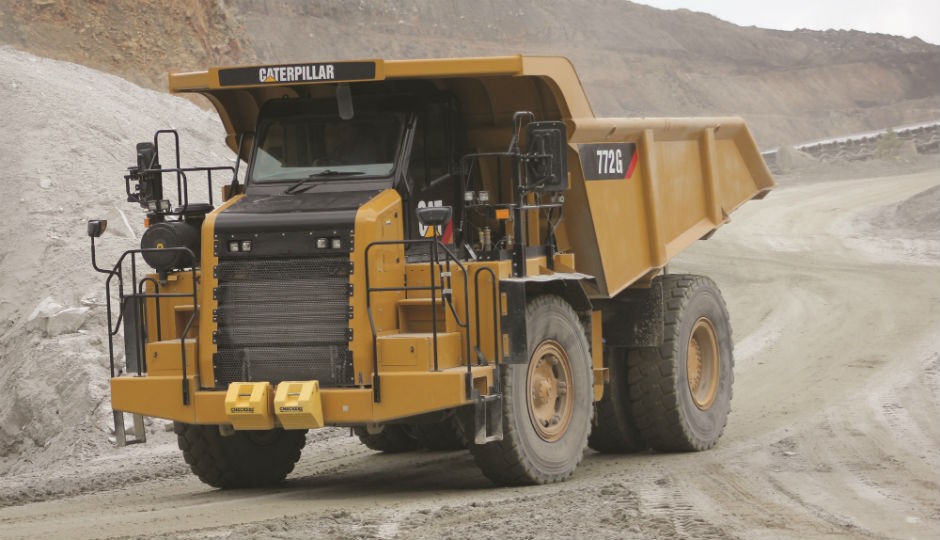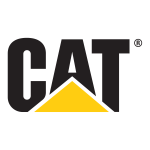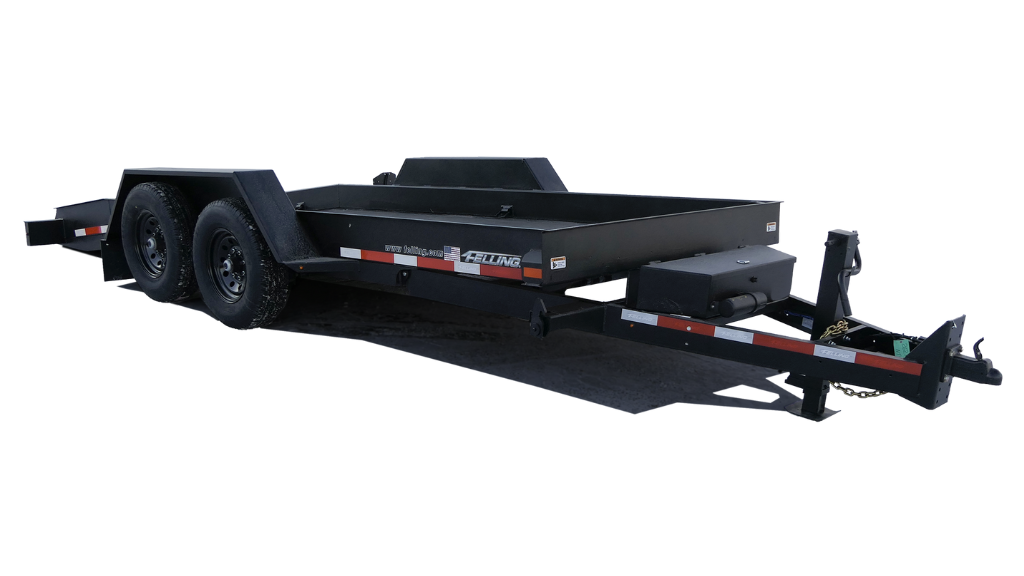Caterpillar Off-Highway Trucks Have New Control Features, Refined Drive-Train and Better Fuel Economy

The new Cat 770G and 772G off-highway trucks have major advancements in emissions technology, transmission and traction control systems; frame, drivetrain, and cooling system enhancements; added operator amenities; and serviceability improvements. Many of the outstanding features introduced on larger Cat G Series trucks are being incorporated on the new models.
The 770G and 772G have, respectively, nominal rated payload capacities of 40 and 52 tons (36.3 and 47.1 mt), Cat C15 and C18 engines, and net power ratings of 477 and 550 horsepower (356 and 410 kW).
Available in Tier 2, Tier 3 and Tier 4-Final configurations, the engines can be programmed to achieve the customer’s specific fuel economy goals using two programmable modes: Economy and Adaptive Economy.
Economy Mode lets the customer select a derate value between 0.5 and 15 percent. Then, at the touch of a button, Economy Mode applies that steady power deration across all portions of the haul cycle.
With Adaptive Economy Mode, the truck monitors power demand, delivering fuel savings when possible and horsepower when needed, to optimize fuel economy throughout the haul cycle.
For further fuel savings, the new Auto Neutral Idle feature automatically places the transmission in neutral after the brake is applied for more than 15 seconds while in a forward gear. This reduces parasitic drive-train loads and provides major fuel efficiency improvements. Once the operator removes his foot from the brake, the transmission reengages. This is completely transparent to the operator. A hydraulically driven, on-demand cooling fan reduces power draw on the engine, which saves fuel, by operating only when required and only at the speed required.
Caterpillar’s solution for Tier 4 Final exhaust emissions on the C15 and C18 engines is Selective Catalytic Reduction (SCR). This technology has several stages.
The Cat Clean Emissions Module injects Diesel Exhaust Fluid (DEF, a solution of about 33 percent urea and 67 percent demineralized water) into the exhaust to react with any residual NOx to create ammonia. This exhaust is routed through an ammonia oxidation catalyst where it reacts with oxygen to create inert water and nitrogen.
The 21.2-litre DEF tank, located next to the fuel tank, is formed of tough plastic. The DEF tank will need to be refilled at the same time as the diesel fuel tank, so service personnel can fill both tanks at the same time. The cab gauge cluster includes a DEF level gauge.
Because Cat trucks work in extreme temperatures, engine coolant is routed to the DEF injector to keep it cool, and to the DEF tank to thaw frozen DEF.
The new transmission control system, Advanced Productivity Electronic Control Strategy (APECS), provides a number of benefits, including improved shift quality, faster acceleration, better speed on grade and faster cycle times.
This new control strategy modulates shift points to match optimum operating speed and torque; minimizes torque spikes during shifts; reduces stress on the drive train which increases drivetrain component life; provides greater operator comfort and control; and reduces material spillage.
An optional advanced Traction- Control System uses the service brakes instead of the park brake components to modulate wheel slip. This change in design makes the system much more responsive to traction loss in the lower speed ranges, and improves speed on grade in wet, slippery conditions.



